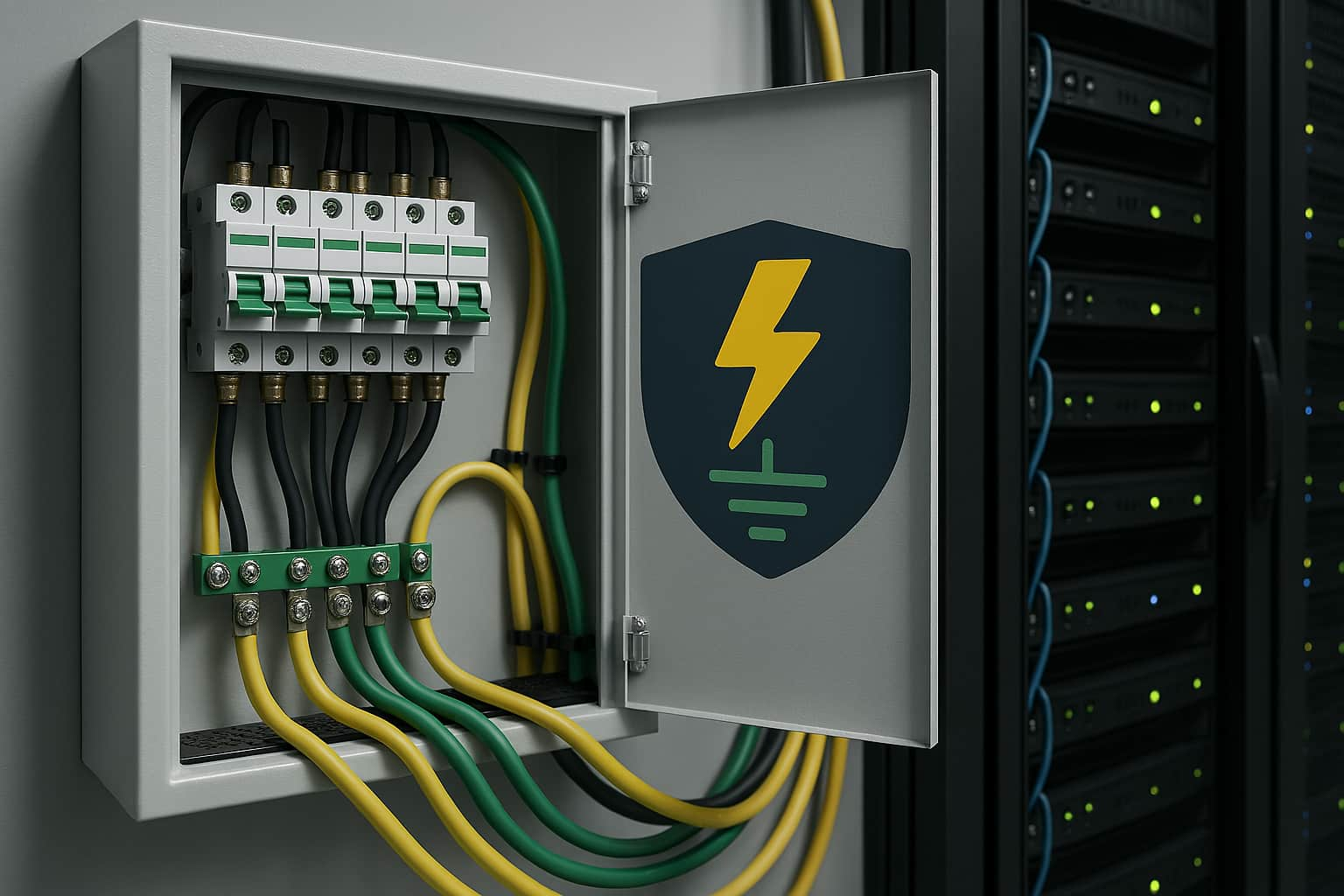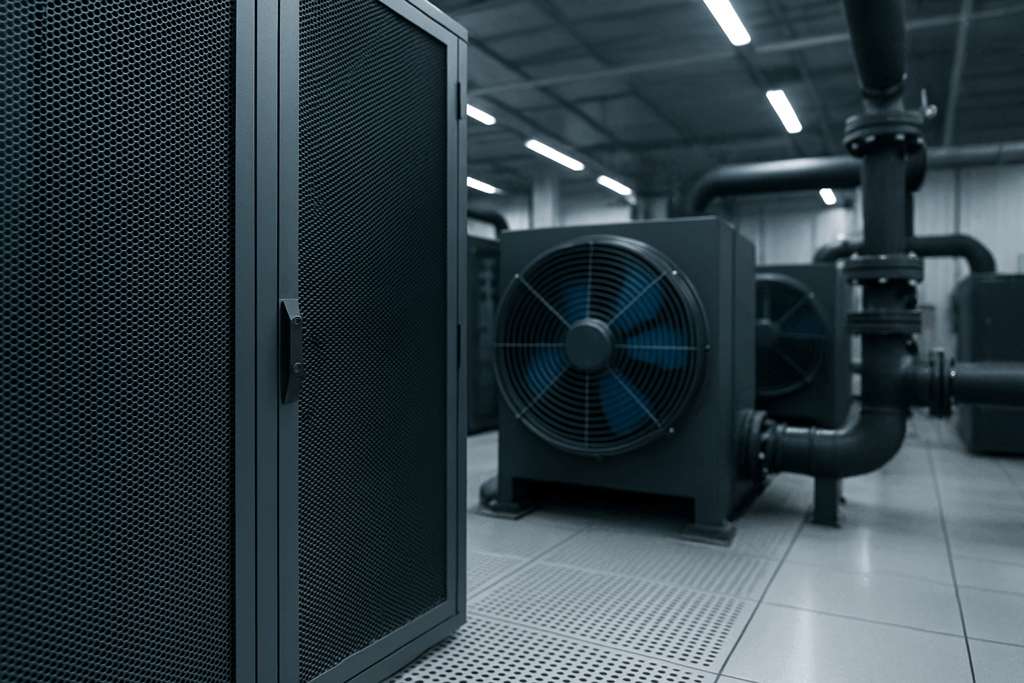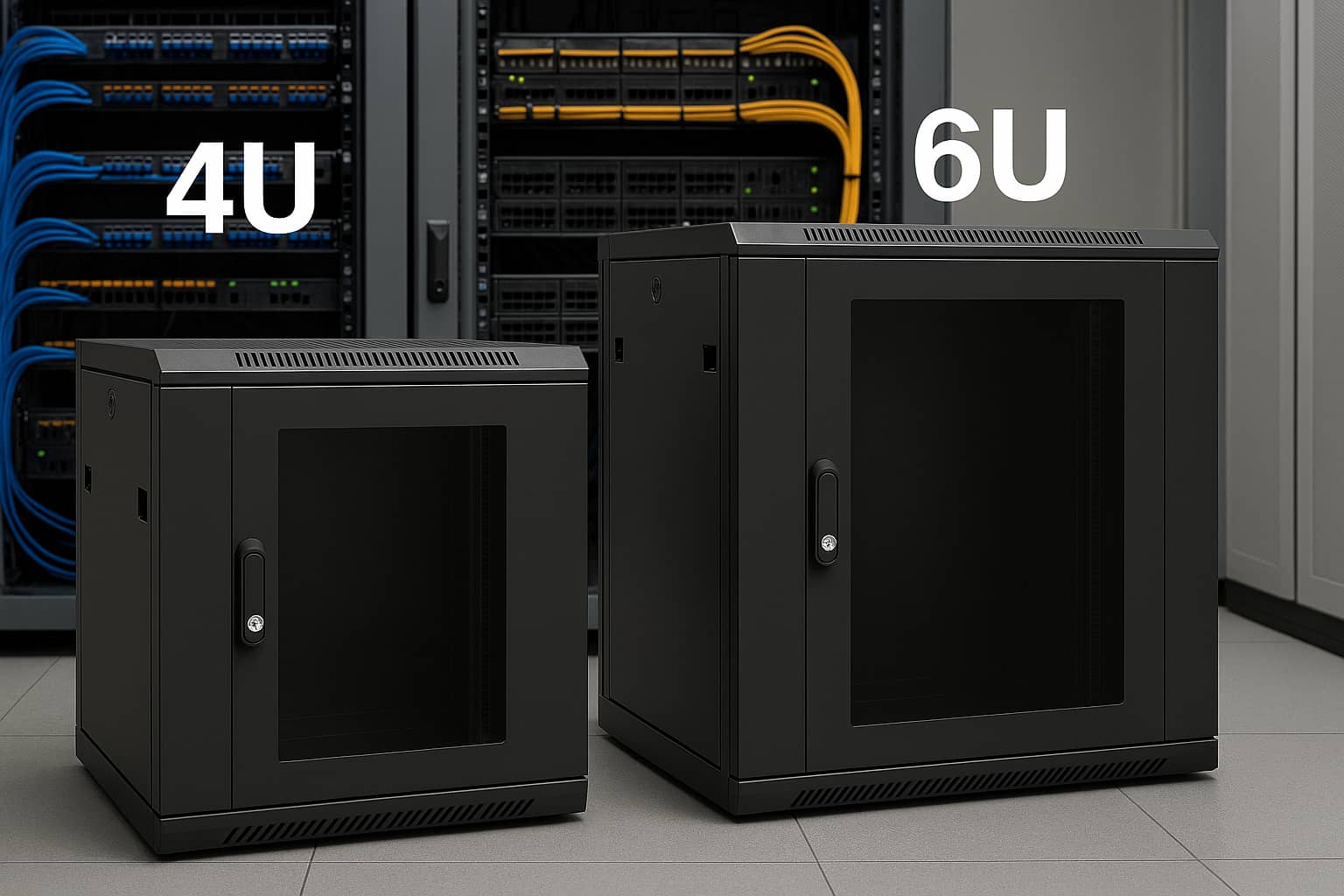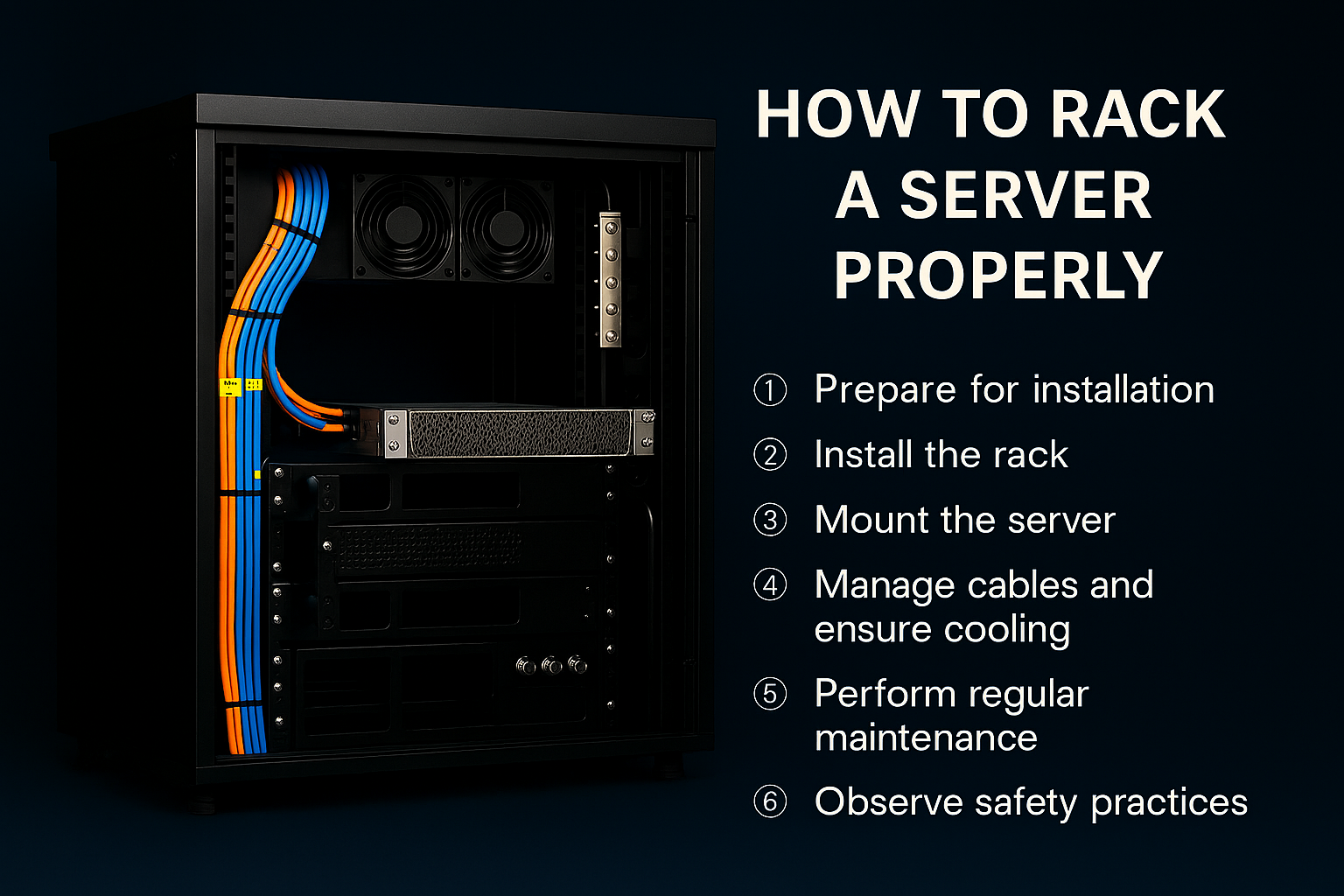
What Is the Ground in Electricity: Meaning and Function
Grounding is an essential concept in electricity, as it ensures safety, equipmen...

Cooling is a crucial part of data center functioning. No network setup can function without proper ventilation and heat removal. In addition as the size, density, and processing power of data centers increase, the need for well-organized cooling grows.
Proper cooling is essential for system reliability, smooth and durable performance, and hardware long service life. Inadequate cooling will lead to equipment overheating and damage, which will result in the downtime of the entire system and data loss. Thus, in the article, we’re going to discuss this issue and list the most effective data center cooling methods.
When in operation, each component of a network system (servers, computers, routers, and other active hardware) emits heat. It’s like a side product of equipment functioning. Accumulated together, this heat can do a lot of harm to the DC setup. Moreover, imagine that most systems are accommodated in solid enclosures, where there is no way out for heat. Although cabinets are equipped with holes and slots for air circulation, it’s not enough. Trapped inside without the opportunity to leave the enclosure, heat can lead to overheating, performance issues, and hardware failure.
Thus, equipping a network system with a proper cooling system is a mandatory step to prolong its lifetime and reduce the risk of hardware failure and malfunction. System administrators should pay attention to this issue at the stage of planning a layout because installed hardware can form airflow aisles or, vice versa, impede air circulation.
When organizing cooling in a data center, technicians can choose different strategies. Each option has its specifics, both pros and cons.
It is a method of removing excess heat without the use of active mechanical systems, for example, fans or air conditioners. Instead, passive systems rely on natural physical processes such as convection, radiation, and conduction to maintain optimal temperatures inside cabinets.
The main characteristics of passive cooling are:
Passive cooling can be an effective solution for small server rooms or cabinets, but larger or denser infrastructures may require active cooling to maintain reliable temperatures.
Specialized equipment, such as air conditioners or fans, is attached to ensure sufficient airflow and direct the air. Holes in cabinet enclosures are provided for fans by most data center cooling manufacturers. They are fastened to enclosures to guarantee stability.
Such solutions guarantee smooth and durable functioning. But, note that fans may work loudly (if outdated or their physical capacity is exceeded) and consume extra energy.
These are systems that use dedicated channels or pipes located within rows (for instance, rows of racks or cabinets) to transfer coolant or air to lower the temperature of equipment or the room. These systems are widely used in industrial and commercial cooling installations. Their pros include:
However, such systems require careful planning and design; installation can be more complex than traditional systems. Difficulty with accessing piping and ducts for maintenance can complicate the process. Furthermore, such systems are rather expensive; initial installation and equipment costs can be significant.
It’s a cooling system that uses a liquid (usually water or specialized coolants) to transfer heat away from components that generate a lot of heat, including processors, graphics cards, and other computer components. Cold plates and heat exchangers are commonly used. The main pros of such systems include:
However, there is a risk of leaks, which can damage system components. Furthermore, installing a liquid system can be more difficult and requires specialized knowledge. Typically, such systems are more expensive than traditional cooling systems.
It is a method of cooling electronic components by placing hardware in a special liquid that is characterized by good heat transfer properties. This technology is widely used in big data centers and high-performance computing, where efficient heat removal is required. Immersion cooling benefits include:
As for drawbacks, such systems cost more. Additionally, special equipment, hardware, and setup knowledge are required.
These are systems used to improve thermal insulation and a comfortable climate in enclosures. They are attached to the rear side of server cabinets. They absorb extra heat, cooling down the indoor environment.
Above, we listed the most effective data center cooling solutions. But how do you decide what technology is the best for your very case? What are the criteria for choosing suitable and unsuitable methods? Make sure to follow this guide and assess the listed points when picking a suitable option:
If you go through all these steps, you’re guaranteed to find the best solution for your data center facility and ensure its effective cooling.
When arranging a data center and planning its ventilation system, keep in mind these practices to ensure high effectiveness of hardware cooling:
To draw the line, note that the arrangement of a proper, well-functioning cooling system is vital for any data center infrastructure. Thus, specialists should approach the issue of choosing a suitable technology seriously. Nowadays, diverse data center cooling systems are offered on the market. Make sure to use the provided guide to make the right choice and organize an effective cooling system at your facility.

Grounding is an essential concept in electricity, as it ensures safety, equipmen...

A rack unit (U) is one of the key dimensions in the telecom industry. The parame...

Servers come as indispensable elements of a network infrastructure. They serve a...